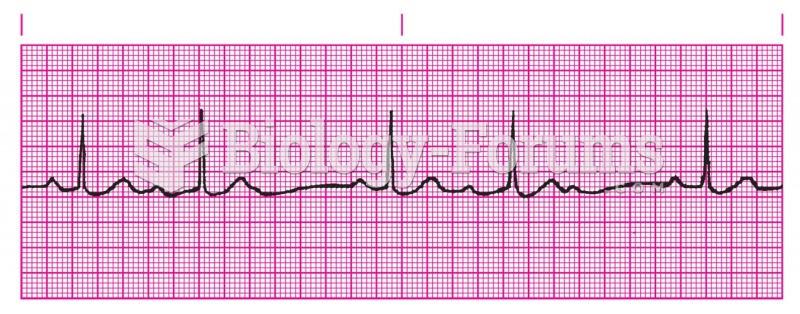Answer to Question 1
B
Answer to Question 2
Having a compliance officer in place allows the facility to take a big picture look at their organization. The person in this position will review each department throughout the year and give recommendations and also assist on accreditation surveys. It is imperative that the compliance officer has full support from administration to ensure all needed changes are implemented when issues arise. This individual will work with the risk management/legal department at the facility to help avoid fines and lawsuits. Most hospitals appoint full-time compliance officers who manage the compliance program. A health information manager possesses skills ideally suited for this position. In a large hospital or academic medical center, there are many activities for which compliance may be monitored, and a number of health information professionals may serve on the compliance staff. In many hospitals, the compliance program has developed into a distinct department. Health information managers may lead the compliance department and/or work in specialized compliance areas within the department. For example, some members of the compliance staff may focus on coding and billing issues, which would require expert knowledge of documentation and coding guidelines. HIPAA compliance is another area in which a health information manager can provide expertise. To meet HIPAA requirements, hospitals should have a privacy officer and a security officer. In some hospitals, these positions are combined, and in others they are separate. In some hospitals, these responsibilities may fall under the compliance department, and in others these duties are delegated to a member of the information systems or health information services staff. A HIPAA compliance officer and his or her staff can provide HIPAA training; develop policies, procedures, and forms; or monitor the hospital's ongoing compliance with the HIPAA privacy, security, and/or EDI regulations. Auditing is also an important activity of the compliance program, whether auditing records against codes submitted, auditing release of information for appropriate authorization, or auditing the appropriateness of employee access to electronic health information, to name a few areas that may be addressed in the compliance plan. Whenever an audit identifies a problem area, plans for corrective action are developed in conjunction with the hospital service involved. Because developing an effective compliance program is a team effort involving many departments and health care professionals, good leadership skills are vital.






